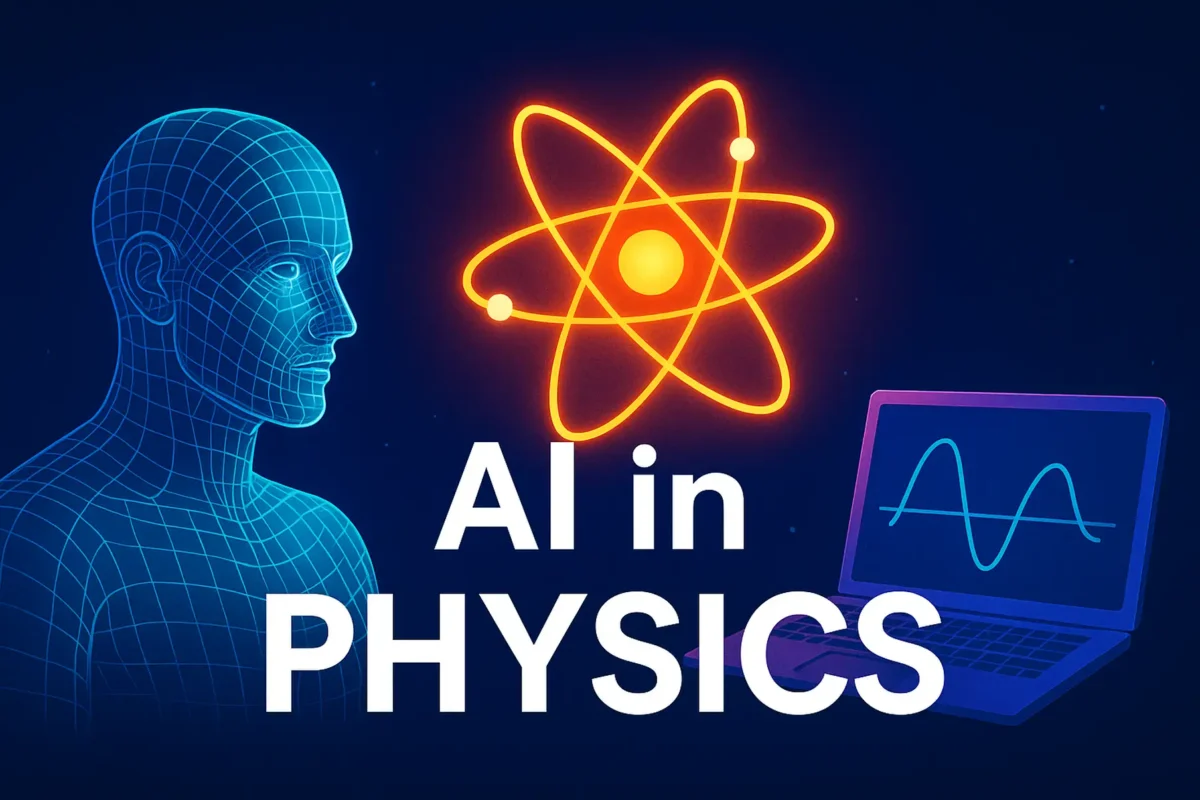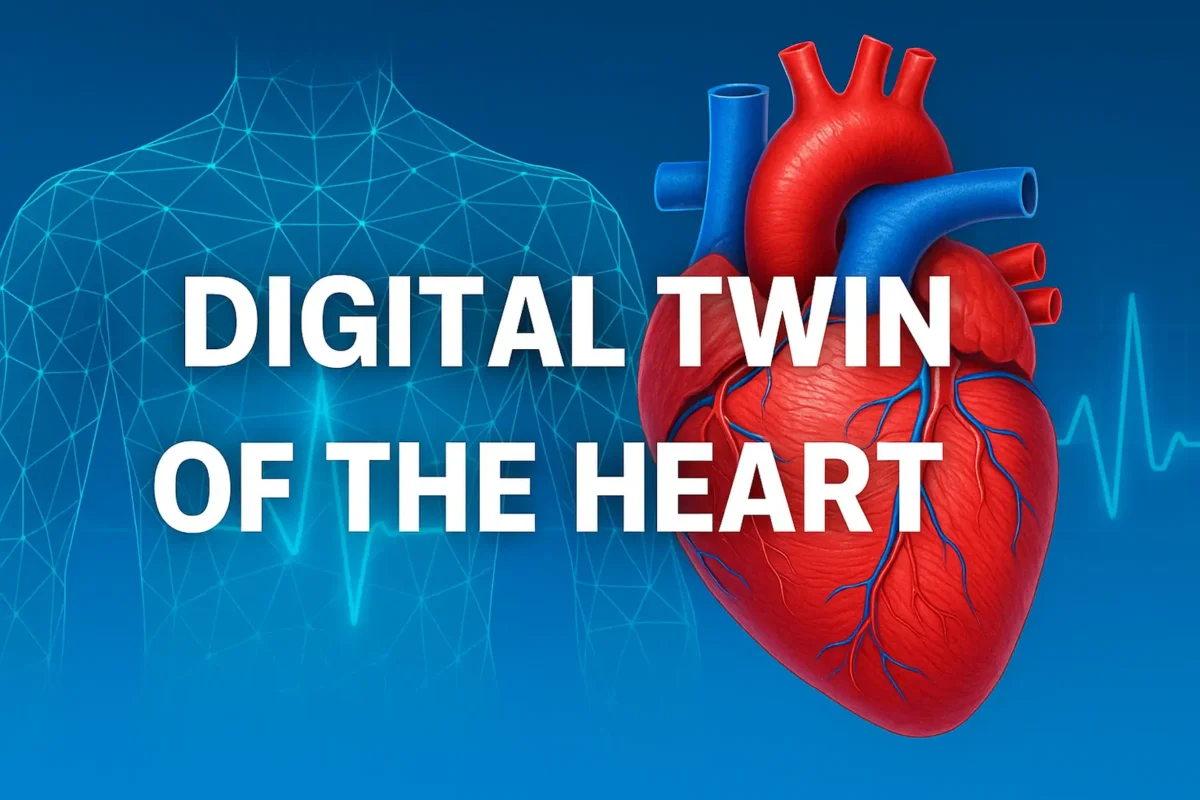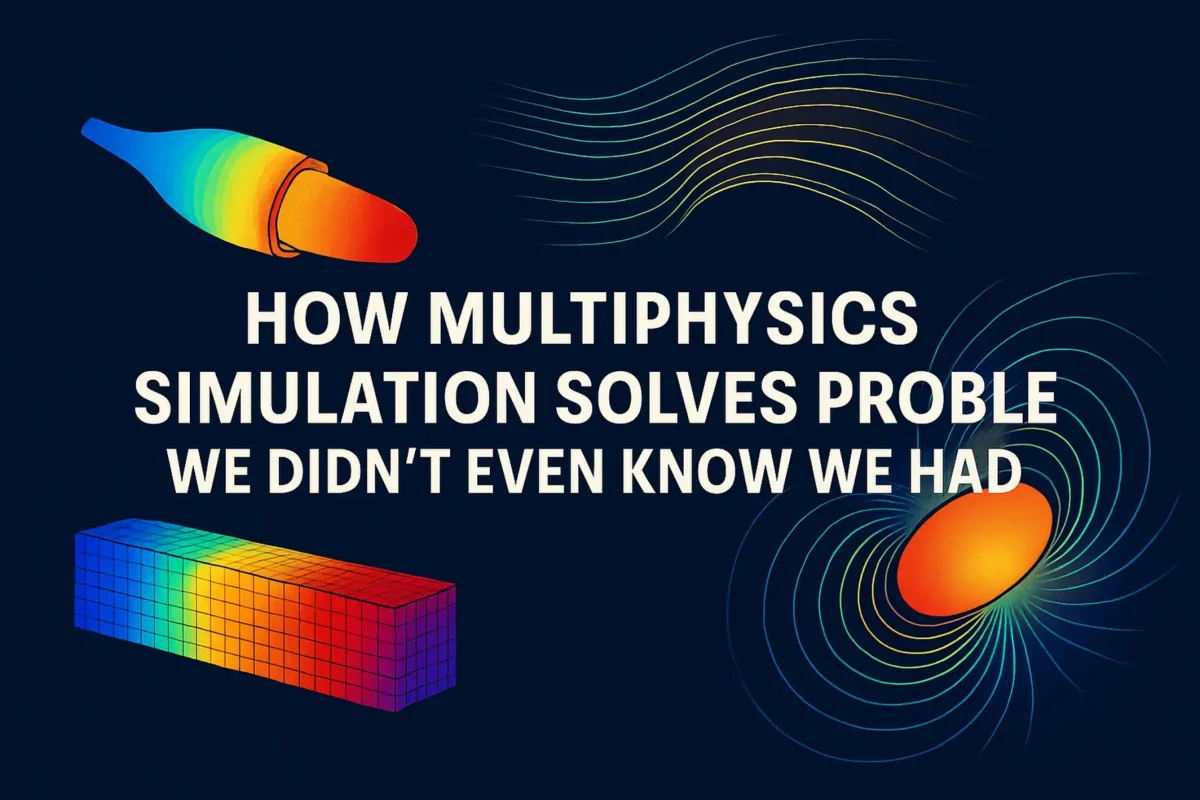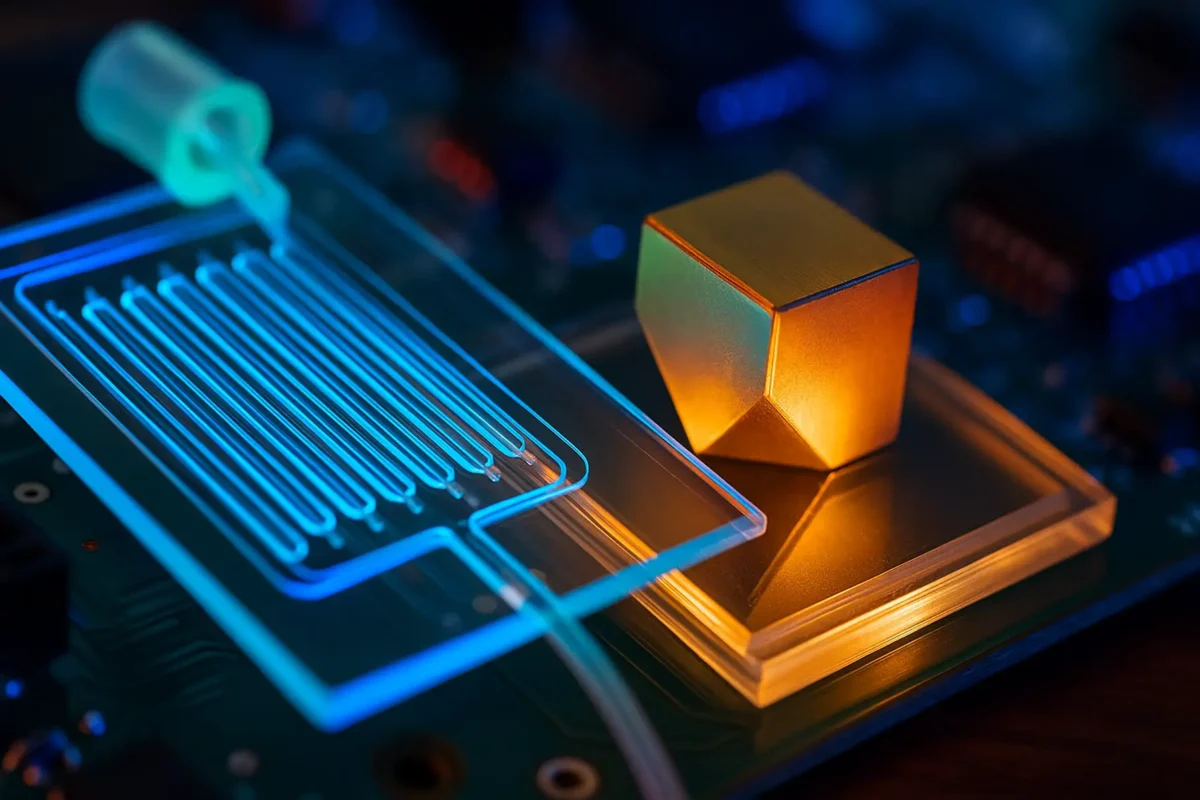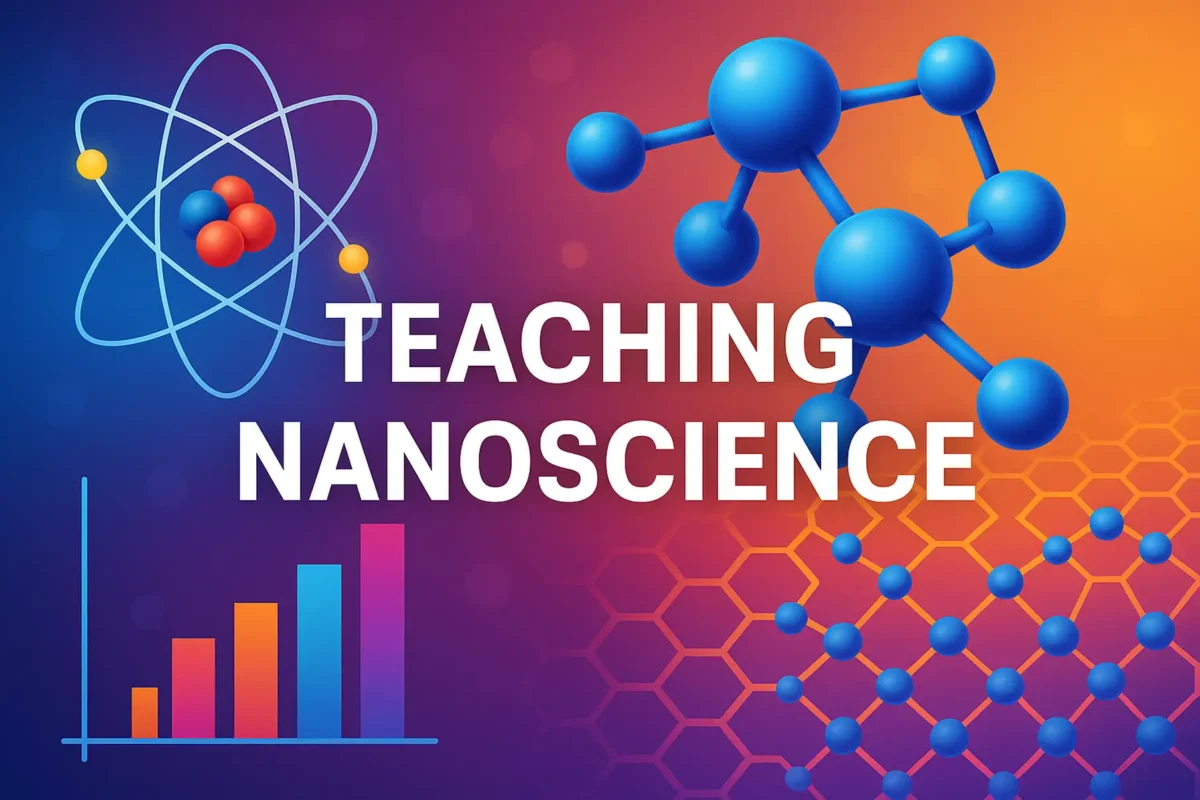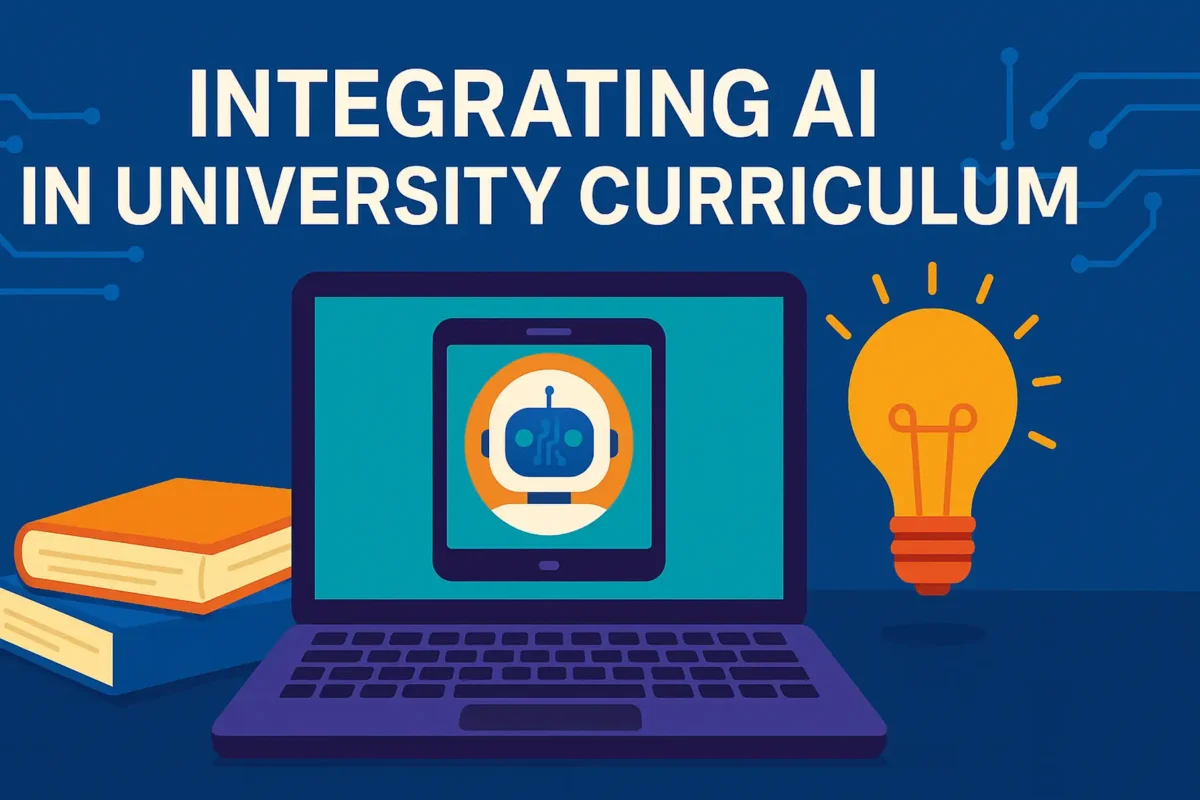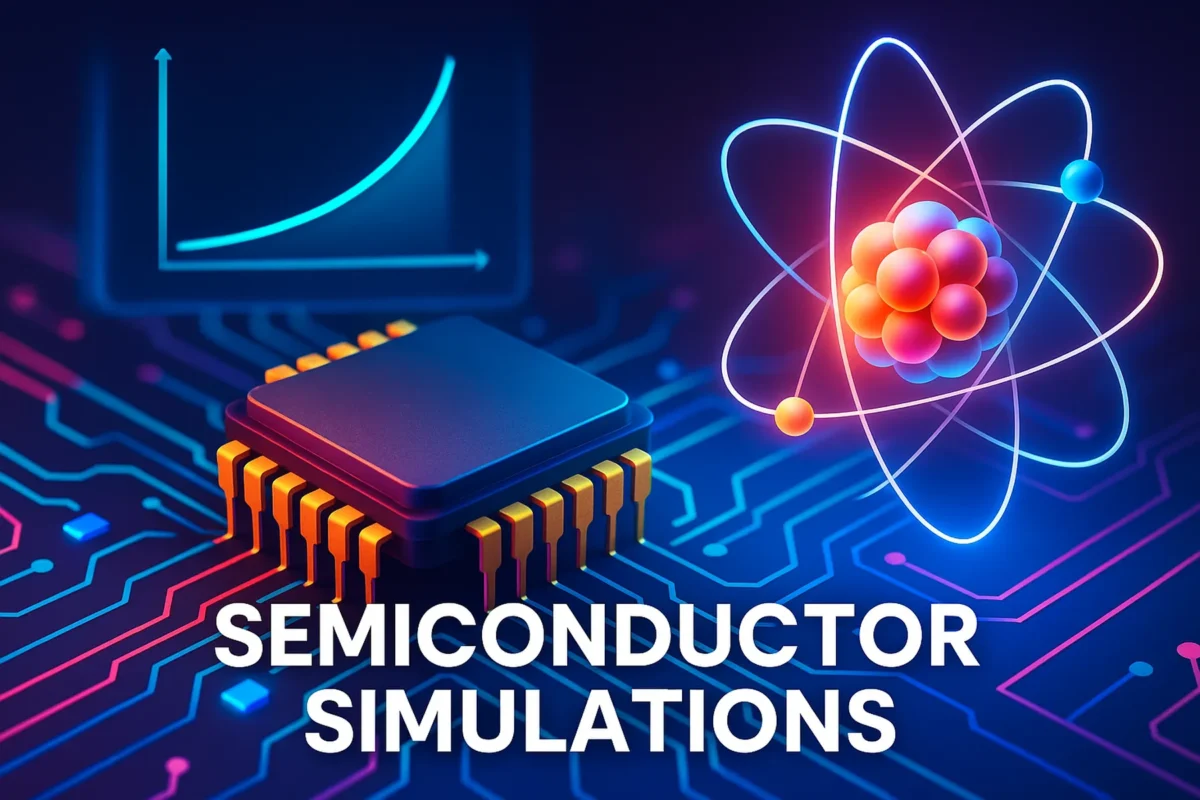Introduction Solid-state batteries (SSBs) represent a major technological shift in energy storage, particularly when compared to conventional lithium-ion batteries. The fundamental difference lies in the replacement of the liquid electrolyte with a solid-state counterpart, which offers improved energy density, safety, and longevity. As demand grows in sectors like electric vehicles (EVs), consumer electronics, and renewable […]

